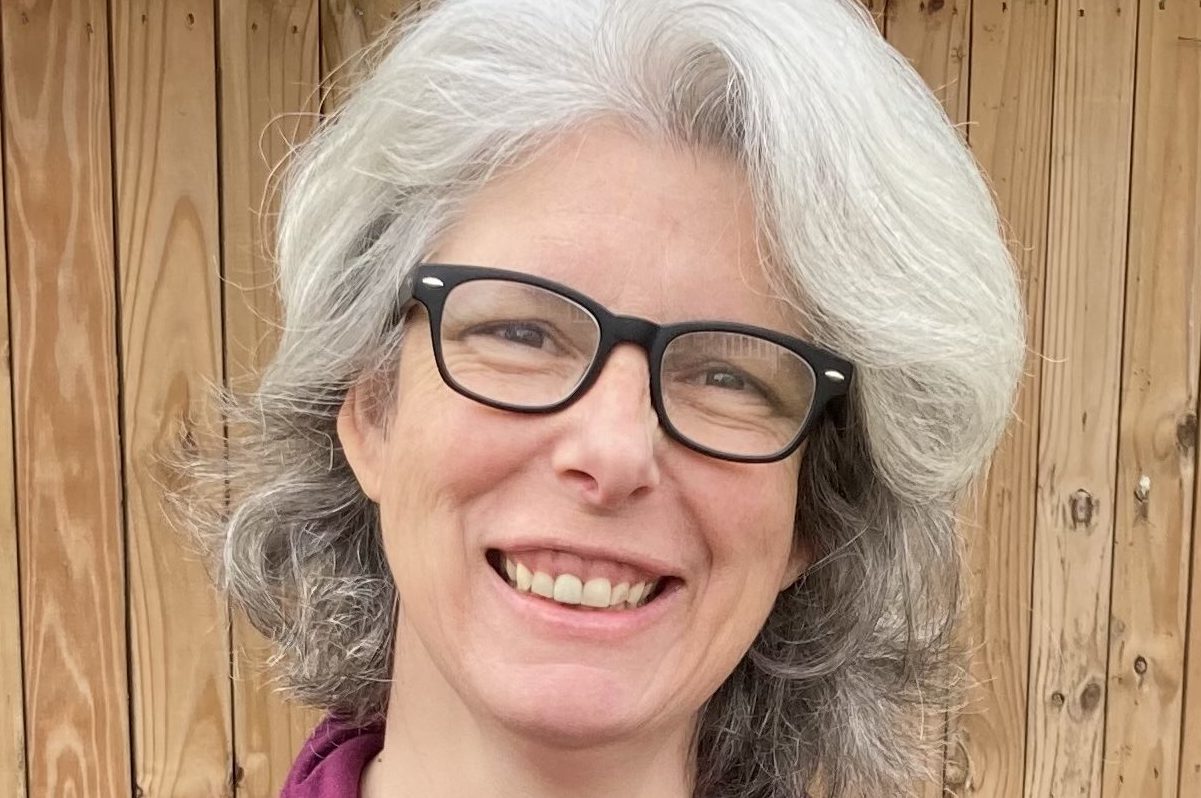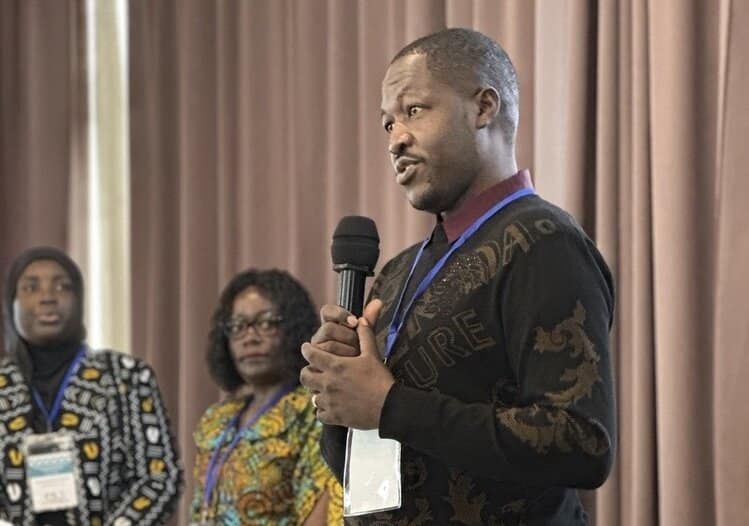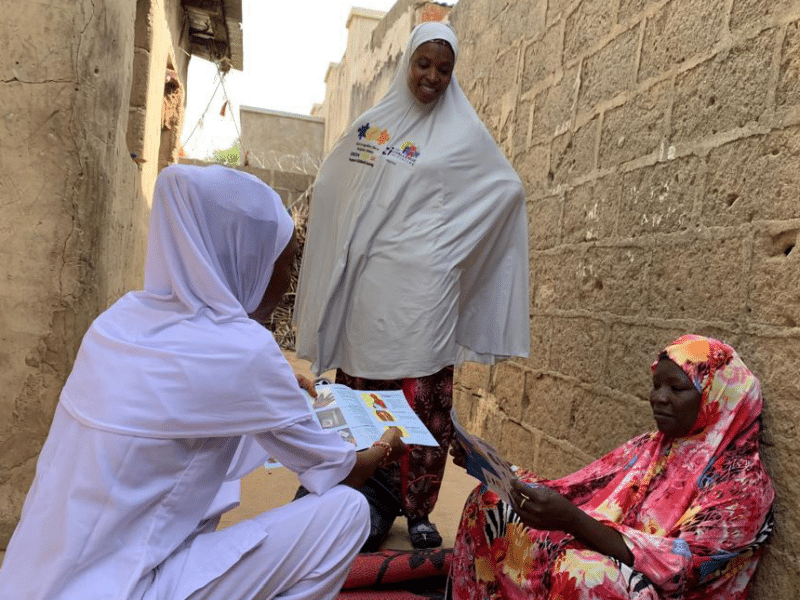When behavior change is a program goal, program planners need to understand if, how, when and under what conditions the behavior is influenced by social norms – that is, what do people believe is typical and appropriate behavior in their community.
Social and behavior change program implementers may be aware that social norms are powerful influencers of behaviors and outcomes, yet they may be unsure how to integrate social norms into program design.
The Johns Hopkins Center for Communication Programs in, partnership with the Learning Collaborative to Advance Normative Change, has developed a new tool, Getting Practical, to assist country-level program planners, designers and monitoring/research staff in incorporating social norms into their work.
One of the authors of the new tool, Lisa Cobb, sat down with CCP’s Stephanie Desmon to discuss the importance of understanding social norms.
Stephanie Desmon: Let’s start at the beginning. What are social norms and what role do they play in human behavior?
Lisa Cobb: Social norms are the unwritten rules about what is considered acceptable or appropriate in our particular community or culture. Usually they are those things we all just “know” about what is or what should be, and often they are enforced by other people with either rewards or punishments. For example: you should wait your turn in line at the grocery store rather than jostling for position. There is nothing inherent about line-forming at the grocery store, and traffic might move just as swiftly through the check-out with a crowd rather than a line. But standing in a line and taking your turn is a social norm that some communities have and others don’t. Social norms govern all realms of life, giving us a sort of handbook of culturally acceptable ways of being in the world. Think about any behavior we engage in, from the way we use our mobile phones to the way we have sex, and there are social norms associated with them.
SD: I feel like, in my daily life, I have been having a lot more conversations about social norms during the COVID-19 pandemic than ever before. Why are norms at the top of mind so much lately?
LC: COVID-19 has really highlighted social norms because everything we are being asked to do to protect ourselves and each other violates many social norms. In many cultures, you are supposed to show your face in public, but now we must wear masks. There are norms in all cultures about how we show love and care for people, and usually those involve touch and closeness. In observing social distancing we are doing more than just missing each other, we are feeling the discomfort of not being able to adhere to our usual ways of showing we care for each other. Social norms are enforced in part by that feeling of wrongness or rightness when we think or act in the “right” or “wrong” way. We are all feeling a little wrong these days.
I think it is interesting to see how fast norms can change, too. I have a teenage son, and while I still sometimes forget my mask as I walk out of the house, he never does. He says he isn’t bothered by wearing a mask all day at school. It’s just what he and his friends do. It has become a social norm in his community – enforced by grown-ups, of course – but also by other kids who will step away from an unmasked person.
You can see social norms in action with other COVID-19 behaviors like travel. There are communities where traveling to visit grandma is still considered being a good and loving grandchild. But many other communities would shame that same grandchild for that behavior because it violates a newly emerged, COVID-specific social norm that responsible people stay home to protect each other. It really highlights that social norms are community and culture specific, and that new norms will emerge to help guide our behavior in new situations, or that we’ll repurpose different norms to tell us how to behave.
SD: You are one of the authors of “Getting Practical: Integrating Social Norms into Social and Behavior Change Programs,” a new guide created by CCP to help integrate social norms into social and behavior change programs. What are the key things people need to keep in mind?
LC: The primary thing to keep in mind is simply that you can’t ignore social norms. If you are interested in behavior, you must get interested in social norms because they influence so much of how people behave. Certainly many, many other things determine behavior, but social norms are pretty big.
The second thing is to understand that social norms are really the rule book of culture. It can be terribly disrespectful and unethical to categorize norms as “good” or “bad” or in need of change. Often, people designing social and behavior change programs are not members of the communities those programs serve, and it is unethical for outsiders to try to manipulate another community’s social norms in order to achieve health or behavior outcomes. However, communities are usually well aware of their own norms, and can describe them, who enforces them, and how.
So it makes good sense to support communities to understand what health or behavior outcomes they want, what social norms influence those behaviors, and whether they believe anything about the social norms should shift. It can get complicated because communities aren’t monolithic and people will have conflicting beliefs about what is right and what is best for the community.
For example, imagine a program designed to improve the sexual and reproductive health of adolescent girls. When you do community consultation and talk to girls, they may identify social norms about the need to control, restrict or shame girls’ sexual activity as being barriers to their health, and those girls may want those norms to shift. But when you consult with the parents of those girls, they may believe that these same social norms are necessary to girls’ wellbeing. People in the same community — in the same family! — may recognize the same social norms but feel differently about whether they should shift. A respectful approach to integrating social norms into social and behavior change programming will need to wrestle with that tension. The decision to actively shift social norms should come from within a community, never from outside it.
SD: This guide feels like it’s geared towards people who might be aware of social norms but not necessarily know what they can teach us. Why was that so important?
LC: Social norms can sometimes feel very theoretical rather than practical. I know as a program designer myself that social norms theory has been intimidating, and I have been unsure how to integrate social norms into programs. Maybe I know that a set of social norms influences a behavior related to health, but what do I do with that information? Is my program supposed to try to shift those norms or just understand them? Is there some other use for knowing about norms? This guide helps people get from “I know these social norms are important to this behavior” to “I am going to change my program in these specific ways because these norms influence this behavior.”
SD: How can we understand and use this knowledge of social norms in our day-to-day lives?
LC: Recognizing that we are all governed by an unwritten rule book can be helpful when things change, or we want them to change. Simply deciding to open up that rule book and examine what it contains gives us the option to change what is written there.
I mentioned social norms around how we show care. I’ve felt terribly over the last year that I have refused to hug and touch and eat with elderly relatives, because we feel in our bones that one shows care and love through those behaviors. Knowing that we feel terrible about it in part because of norms, because of expectations about how one should behave, frees us a bit to let the sad feelings go and instead focus on new ways to show care.
You see this in the sappy COVID-era TV commercials, with loved ones sitting around fire pits, dancing together over computer screens, and leaving groceries on porches. We are constructing new norms as we go along, and reframing existing ones to our new situation. With COVID-19 and with everything else, we can either let that happen organically, or we can use the knowledge that a rule book exists to help us manage change. Recognizing the influence of social norms on everything we do may help us better deal with these uncertain and changing times.





